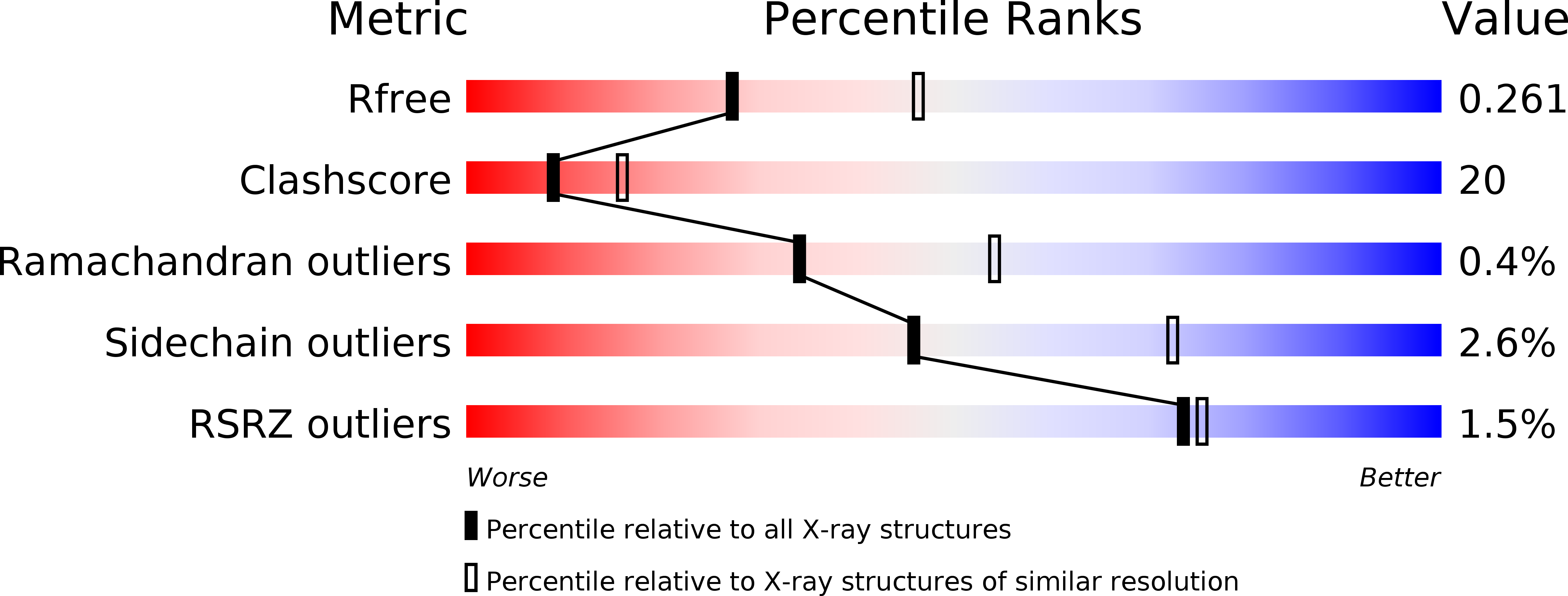
Deposition Date
2007-01-10
Release Date
2007-06-12
Last Version Date
2024-11-06
Entry Detail
PDB ID:
2OHY
Keywords:
Title:
X-ray Crystal Structure of Tyrosine Aminomutase from streptomyces globisporus
Biological Source:
Source Organism:
Streptomyces globisporus (Taxon ID: 1908)
Host Organism:
Method Details:
Experimental Method:
Resolution:
2.50 Å
R-Value Free:
0.26
R-Value Work:
0.19
R-Value Observed:
0.19
Space Group:
P 21 21 2


